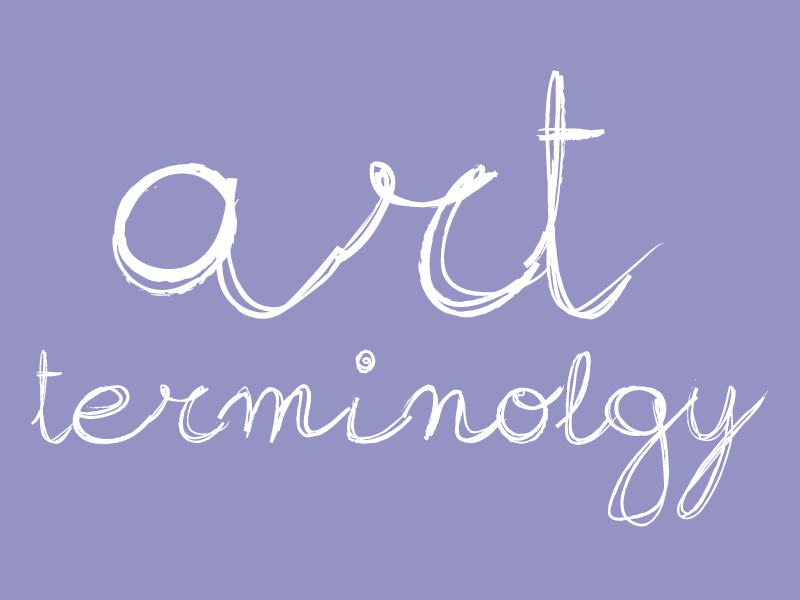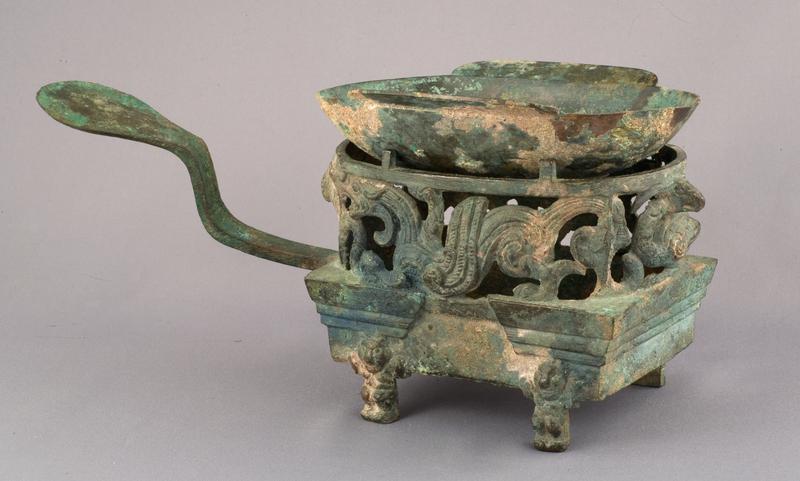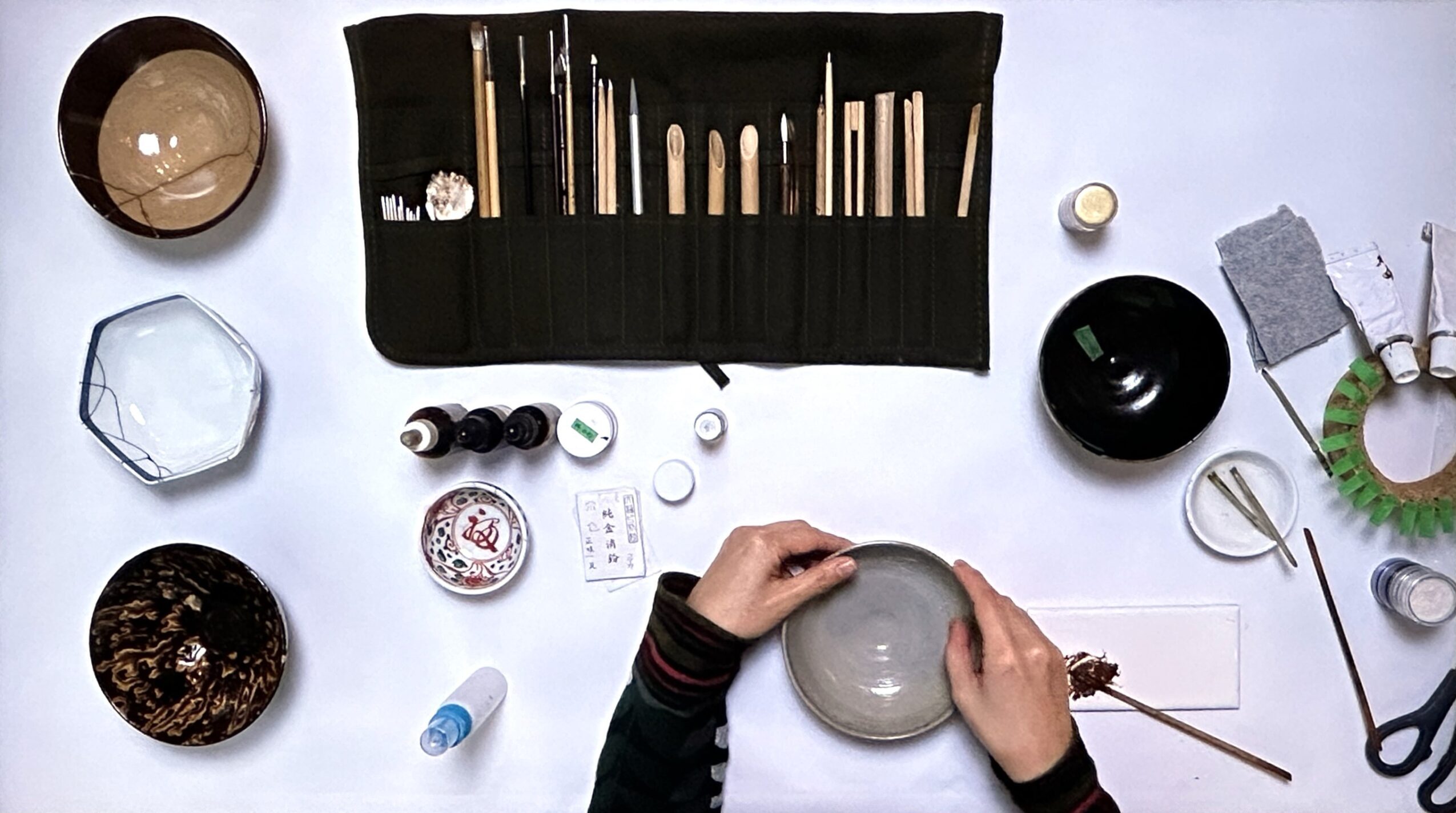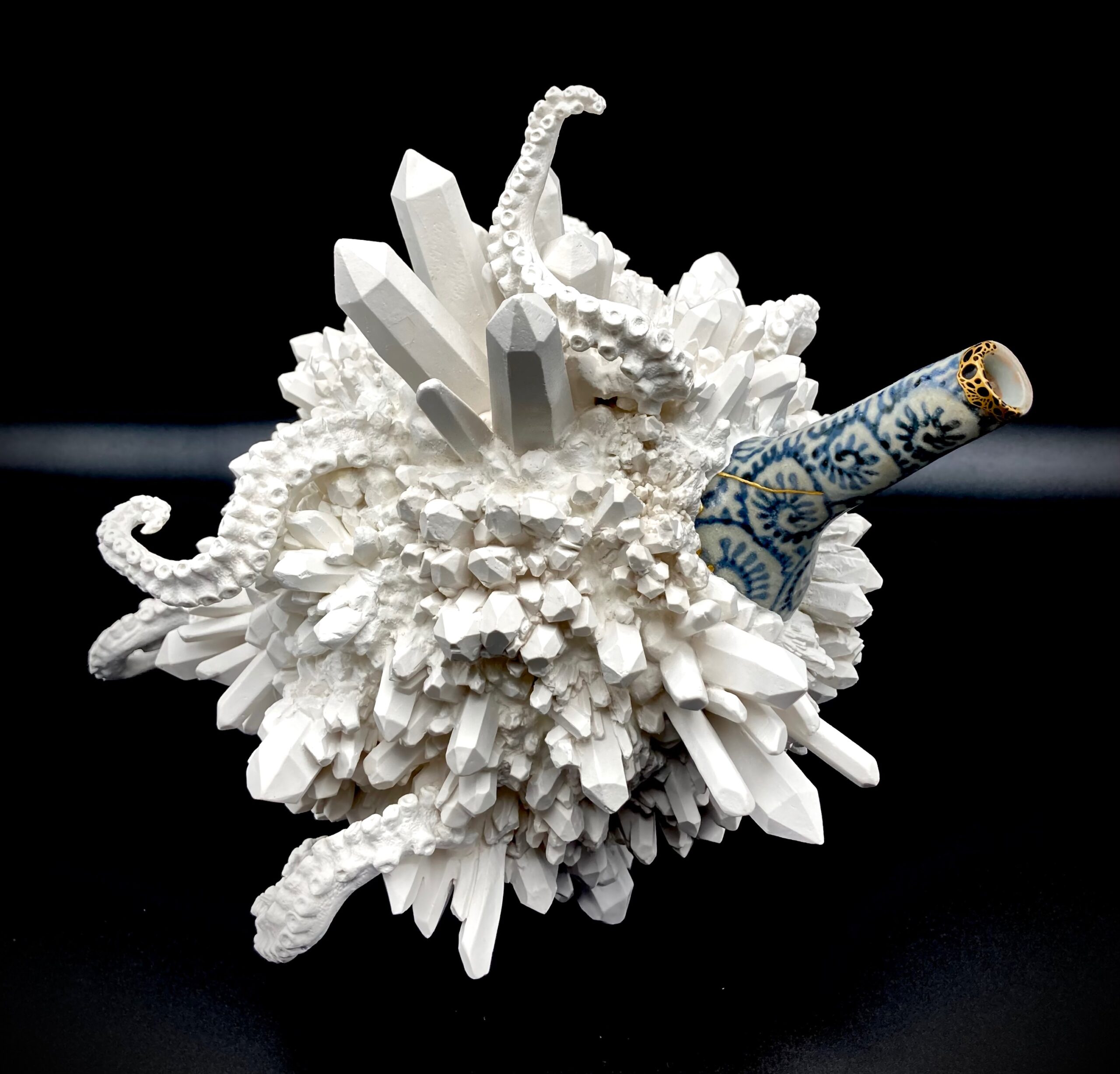Textile art encompasses a wide range of practices, some which date back millennia. The AGGV is privileged to have in its collection numerous textiles and related implements from Europe, but especially from Asia, in particular China and Japan. We have put together a list of terms found in textile art, defining them for easy comprehension.
1. Brocade
Brocades are richly decorated fabrics woven on a loom, usually with coloured silk and often with gold or silver threads. The ornamentation is woven with a supplementary weft, which is non-structural, and is there for the sole purpose of creating decoration. This woven decoration has the appearance of embroidery, but is of course an integral part of the fabric. Brocade fabric dates back to the Middle Ages, and was worn by the noble classes in China, Japan, Greece, Persia and Byzantium. Brocades were also prominent in Renaissance fashion in the Italy.
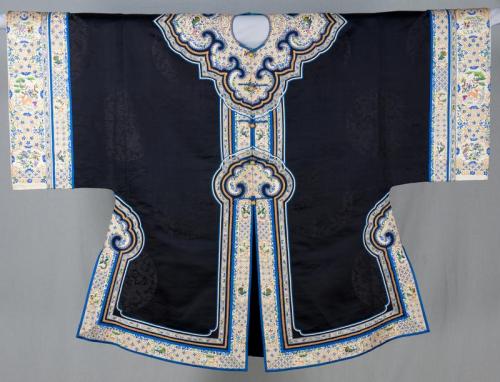
2. Damask
Derived from the name of the city Damascus which was an active trading post along the Silk Road in the 12th century, damask production was one of the main weaving techniques of the time in Byzantine and the Middle East. Its popularity rose between the 14th and 16th century in France and Italy for its rich patterning and sheen. Woven mostly on silk, damasks were also produced in linen and wool. The pattern is reversible and woven with one warp yarn and one weft yarn.
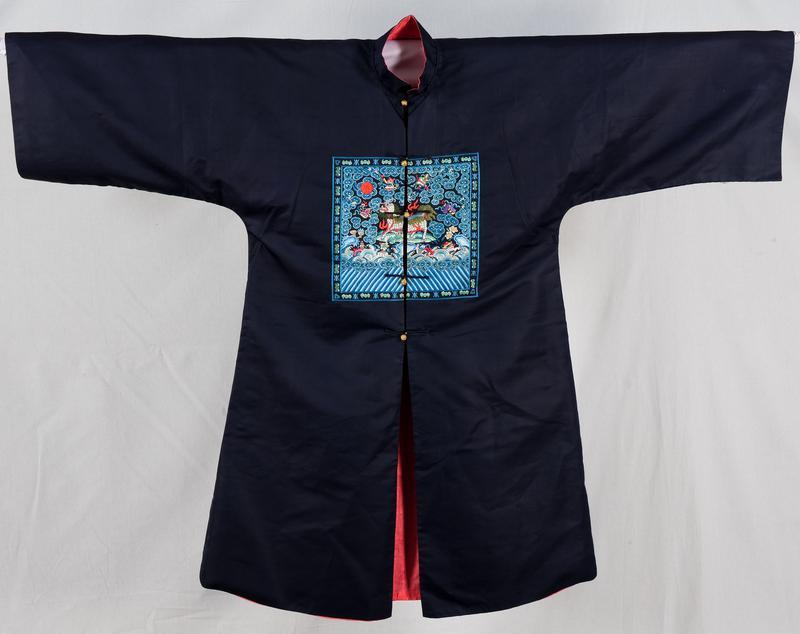
3. Embroidery
Embroidery is the craft of decorating fabric with thread or yarn, applied with a needle. The technique has been found in cultures throughout the world with some of the earliest extant examples from China during the Warring States period (5th-3rd century BC). There are several different types of stitches involved in embroidery – buttonhole, running stitch, chain stitch, satin stitch and so on – and appliques such as sequins, beads and pearls might be included as embellishments.
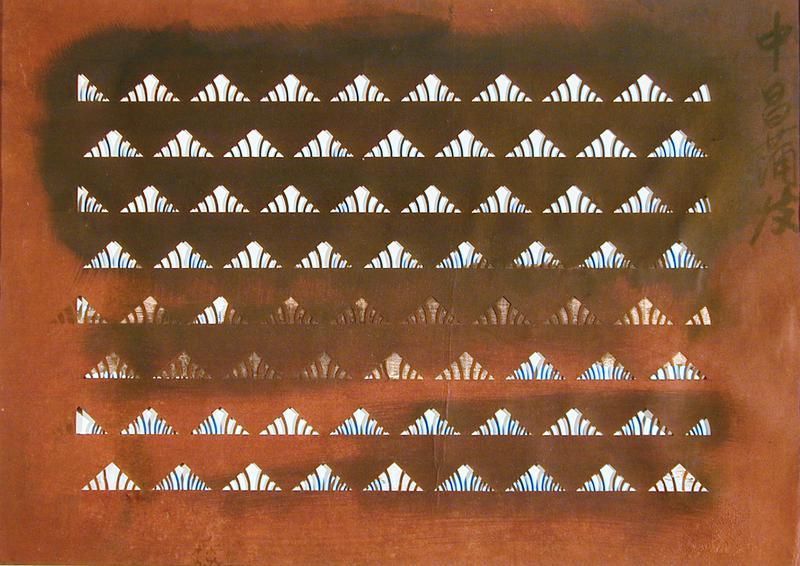
4. Ise Katagami
Ise Katagami is the traditional Japanese craft of making paper stencils for printing and dyeing on textile. Stencilling has been used in Japan since the 8th century and may have developed alongside the kimono. In Ise Katagami, sheets of washi paper are bonded together with glue made from persimmons, to form a strong flexible brown paper. Designs are cut from the paper and the stencils are used for resist dyeing. The craft has been designated an Important Intangible Cultural Property of Japan.
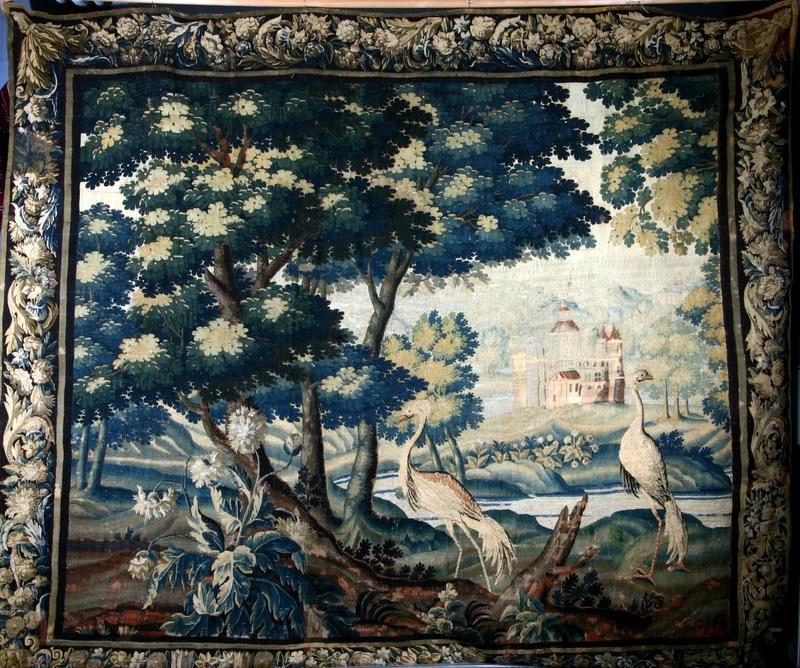
5. Tapestry
Tapestry is a textile art that has been in existence since Hellenistic times. Woven on a loom, tapestries are weft-faced weaving, meaning that the weft threads are what forms the design while the warp threads are completely hidden. The decorative tapestry was popular as it was easily transported and could be displayed for special occasions before being stored away. Richly woven tapestries were hung in palaces and places of religion in the Middle Ages and the Renaissance, decorated with relevant iconography. Tapestry art continues to be made today, especially with the invention of the Jacquard loom and subsequent computerization of the process.
